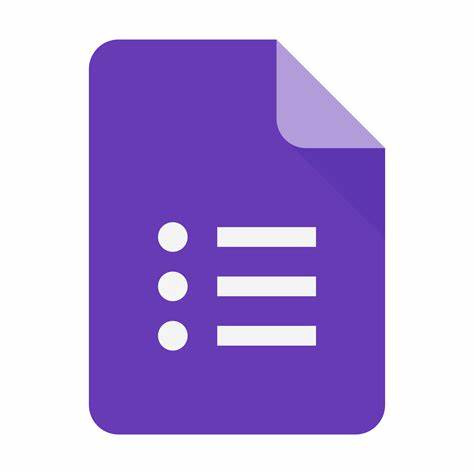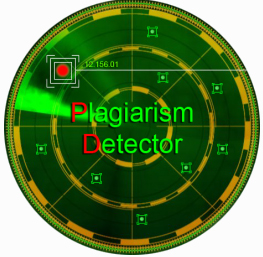WEBSITE-BASED INVENTORY INFORMATION SYSTEM AT WAHANA SERVICE
Abstract
Full Text:
PDFReferences
H. A. Rantung, A. Sambul, and X. Najoan, “Sistem Informasi Diklat Berbasis Web,” Jurnal Teknik Informatika, vol. 14, no. 1, 2019.
A. Faisal, F. Handayanna, and I. Purnamasari, “Implementation Technology Acceptance Model (Tam) On Acceptance Of The Zoom Application In Online Learning,” Jurnal Riset Informatika, vol. 3, no. 2, pp. 85–92, Mar. 2021, doi: 10.34288/jri.v3i2.195.
A. Budiyantara, J. Leonardo, and J. F. Andry, “Perancangan Enterprise Architecture Menggunakan Zachman Pada PT. Sutera Indah Utama,” JBASE - Journal of Business and Audit Information Systems, vol. 3, no. 1, Mar. 2020, doi: 10.30813/jbase.v3i1.2056.
Romindo, H. Niar, R. Sipayung, and Julyanthry, Sistem Informasi Bisnis, 1st ed. Kita Menulis, 2020.
E. P. Primawanti and H. Ali, “Pengaruh Teknologi Informasi, Sistem Informasi Berbasis Web Dan Knowledge Management Terhadap Kinerja Karyawan (Literature Review Executive Support Sistem (ESS) For Business),” Jurnal Ekonomi Manajemen Sistem Informasi, vol. 3, no. 3, 2022.
Y. Heriyanto, “Perancangan Sistem Informasi Rental Mobil Berbasis Web Pada PT.APM Rent Car.,” Jurnal Intra-Tech, vol. 2, no. 2, pp. 64–77, 2018.
D. Sugian, “Aplikasi Inventory Berbasis Web Pada CV. Alas Madju Perkasa,” Universitas Bunda Mulia, Jakarta Utara, 2022.
E. Triandini, S. Jayanatha, A. Indrawan, G. Werla Putra, and B. Iswara, “Metode Systematic Literature Review untuk Identifikasi Platform dan Metode Pengembangan Sistem Informasi di Indonesia,” Indonesian Journal of Information Systems, vol. 1, no. 2, 2019, doi: 10.24002/ijis.v1i2.1916.
Z. N. Ahmad, J. Raya, T. No, K. Gedong, P. Rebo, and J. Timur, “Perancangan Aplikasi Inventory Barang PT. KFC,” Jurnal Riset dan Aplikasi Mahasiswa Informatika), vol. 01, 2020.
F. Aditian and A. Kharisma Hidayah, “Sistem Informasi Inventaris Berbasis Android menggunakan Metode Client Server,” Jurnal Media Infotama, vol. 17, no. 2, p. 62, 2021.
S. Zalukhu and I. Handriani, “Analisa Dan Perancangan Aplikasi Sistem Inventory (Studi Kasus: PT. Cakra Medika Utama),” JSAI (Journal Scientific and Applied Informatics), vol. 2, no. 1, 2019, doi: 10.36085/jsai.v2i1.153.
H. H. Muflihin, H. Dhika, and S. Handayani, “Perancangan Sistem Informasi Inventory Pada Toko Rosadah,” Bianglala Informatika, vol. 8, no. 2, pp. 91–99, 2020.
V. Adi Kurniyanti and D. Murdiani, “Perbandingan Model Waterfall Dengan Prototype Pada Pengembangan System Informasi Berbasis Website,” Jurnal Syntax Fusion, vol. 2, no. 08, pp. 669–675, Aug. 2022, doi: 10.54543/fusion.v2i08.210.
A. S. Wijaya and J. F. Andry, “Perancangan Aplikasi E-Commerce Berbasis Android Pada UD Hoky Celluler Shop,” Jurnal Teknoinfo, vol. 15, no. 2, p. 97, Jul. 2021, doi: 10.33365/jti.v15i2.1065.
A. Wahid, “Analisis Metode Waterfall Untuk Pengembangan Sistem Informasi,” Jurnal Ilmu-ilmu Informatika dan Manajemen STMIK, Oct. 2020.
A. Singh and P. Singh, “Inventory Management System using Web-based Application,” International Journal of Computer Science and Mobile Computing, vol. 7, no. 4, pp. 80–86, 2018.
M. Susilo, “Rancang Bangun Website Toko Online Menggunakan Metode Waterfall,” InfoTekJar (Jurnal Nasional Informatika dan Teknologi Jaringan), vol. 2, no. 2, 2018, doi: 10.30743/infotekjar.v2i2.171.
T. Pricillia and Zulfachmi, “Perbandingan Metode Pengembangan Perangkat Lunak (Waterfall, Prototype, RAD),” Jurnal Bangkit Indonesia, vol. 10, no. 1, 2021, doi: 10.52771/bangkitindonesia.v10i1.153.
E. B. Kristanto, S. Andrayana, and Benramhman, “Application of Waterfall SDLC Method in Designing Student’s Web Blog Information System at the National University: Application of Waterfall SDLC Method in Designing Student’s Web Blog Information System at the National University,” Jurnal Mantik, vol. 4, no. 1, pp. 472–482, 2020.
T. Sanubari, C. Prianto, and N. Riza, Odol (one desa one product unggulan online) penerapan metode Naive Bayes ... - Teduh Sanubari, Cahyo Prianto, Noviana Riza - Google Buku. 2020.
DOI: https://doi.org/10.33365/jti.v17i2.2778
Refbacks
- There are currently no refbacks.
Copyright (c) 2023 Yonatan Yonatan, Devi Yurisca Bernanda

This work is licensed under a Creative Commons Attribution-ShareAlike 4.0 International License.
JURNAL TEKNOINFO
Published by Universitas Teknokrat Indonesia
Organized by Prodi S1 Informatika FTIK Universitas Teknokrat Indonesia
W: http://ejurnal.teknokrat.ac.id/index.php/teknoinfo/index
E : teknoinfo@teknokrat.ac.id.
Jl. Zainal Abidin Pagaralam, No.9-11, Labuhan Ratu, Bandarlampung

This work is licensed under a Creative Commons Attribution-ShareAlike 4.0 International License.
Jumlah Pengunjung : View Teknoinfo StatsCounter



















